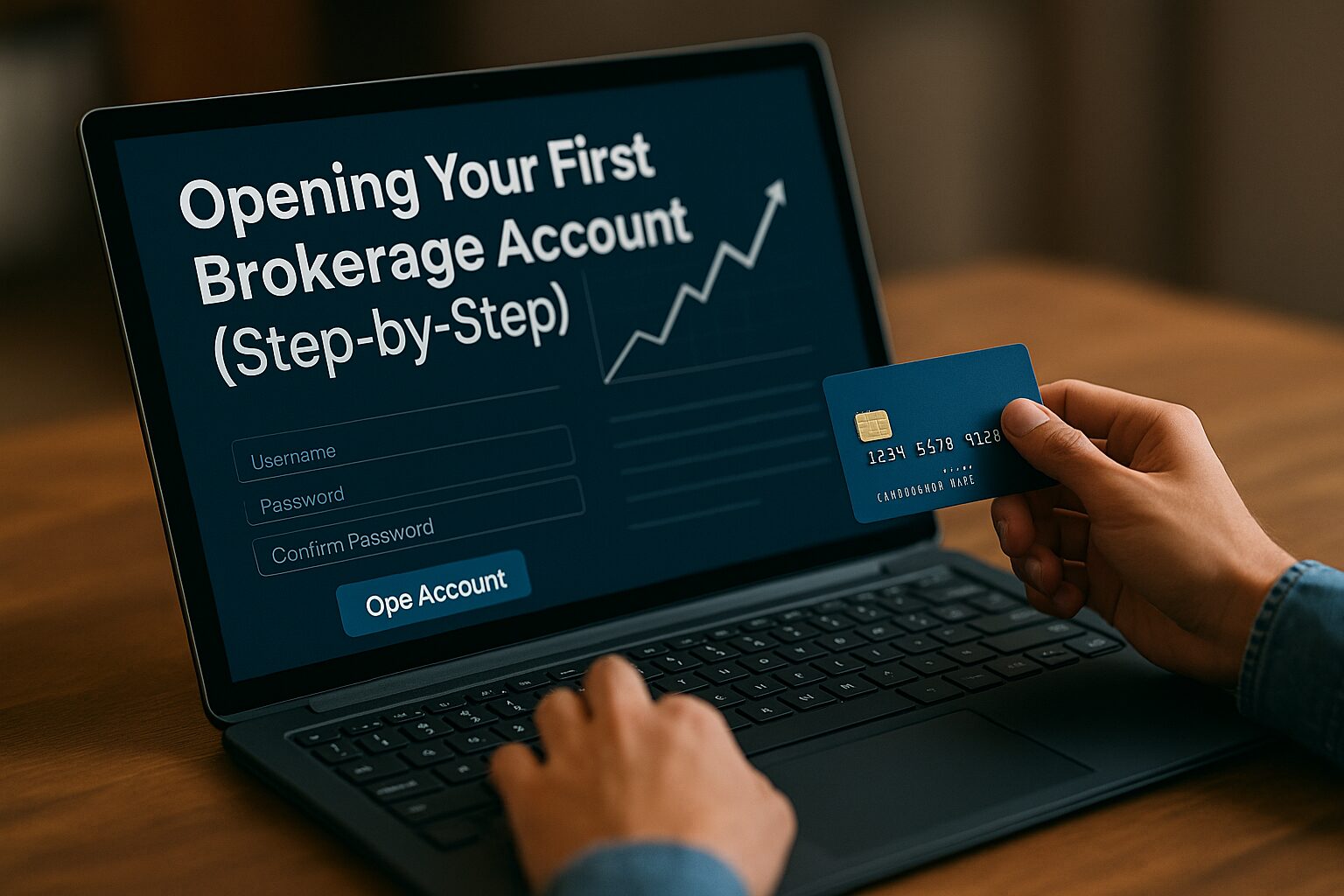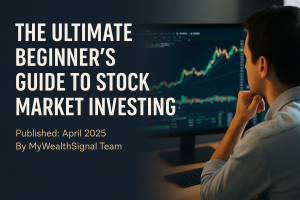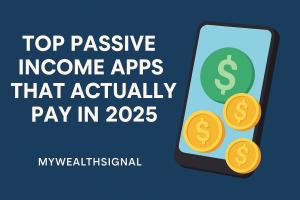The logistics of reaching the stock market pass through a gatekeeper called the brokerage. Once the domain of marble‑floored offices and phone calls to human agents, brokerage services now live inside sleek mobile apps where swipes suffice to execute complex trades. Opening an account, however, still requires methodical attention to personal details, regulatory forms, and platform features. Following a clear path demystifies the process.

ARTICLE
Selecting a broker begins with purpose. If the aim centers on occasional long‑term purchases, low trading fees and robust retirement account offerings matter more than advanced charting tools. Conversely, an aspiring day‑trader craves real‑time data, conditional order types, and perhaps a desktop application with customizable layouts. Reviewing each broker’s fee schedule reveals hidden charges; zero‑commission equity trades have become standard, yet margin rates, option contracts, and international wire withdrawals can vary widely.
Account type selection comes next. A taxable individual account offers maximum flexibility but immediate tax exposure on dividends and realized gains. Traditional or Roth IRAs shelter returns until retirement, with the trade‑off of contribution caps and potential penalties for early withdrawal. Many brokers permit multiple account types under one login, facilitating parallel strategies: a taxable account for speculative positions and an IRA for low‑turnover index funds.
The application afterward resembles a short financial biography: social security number, employment status, income bracket, liquid net worth, and investment experience. Regulators require this information to assess suitability and detect money‑laundering risks. While disclosing numbers can feel intrusive, reputable brokers encrypt data rigorously. Accurate ranges ensure appropriate margin limits and option clearance levels. Overstating experience to chase advanced permissions can backfire if losses occur, so honesty serves self‑interest as well as compliance.
Identity verification usually follows through document upload. A driver’s license or passport and occasionally a utility bill confirm residence. Automatic verification algorithms compare photo IDs, address records, and sometimes selfies against stored templates. When mismatches arise, manual review may extend processing by a day or two. Patience instead of multiple ticket submissions accelerates resolution.
Funding the new account requires linking a bank. Automated Clearing House (ACH) transfers remain the cheapest route, clearing within one to three business days. Wire transfers arrive same‑day but cost upwards of twenty dollars per transaction. Some brokers offer instant debit‑card funding for small amounts, enabling immediate orders while the backend transfer settles. Investors prone to impulsive trades might purposely favor slower ACH to impose a cooling‑off buffer between intent and execution.
Platform orientation precedes the first trade. Novices benefit from exploring quote pages, order tickets, watchlists, and educational portals before risking capital. Many brokers run simulated “paper‑trading” environments where live prices flow but no real money changes hands. Spending a week executing hypothetical orders builds muscle memory without monetary consequence. Inexperience surfaces quickly when one attempts to cancel a limit order or adjust a stop‑loss under pressure.
The inaugural trade should align with preexisting research rather than allure of trending tickers. Placing a limit order introduces control. For example, instructing the platform to buy ten shares of Company XYZ at no more than twenty‑five dollars secures a defined entry price. Should the market open above that level, the order rests until the price returns or the investor revises instructions. After execution a trade confirmation lists fill price, timestamp, commissions (if any), and settlement date. Equity trades in the United States settle on a T+2 basis, meaning ownership finalizes two business days after execution.
Monitoring positions involves more than checking unrealized gains. Examining the portfolio page teaches how dividend credits appear, how interest accrues on idle cash, and how realized gains populate tax reports. Brokers issue consolidated 1099 forms each February, detailing dividends, interest, and proceeds. Reconciling these figures with personal records ensures accurate filing and forms the bedrock of audit defense.
Margin capabilities, if enabled, allow borrowing against portfolio value to amplify purchasing power. Leverage magnifies both profits and losses; therefore beginners typically disable margin until experience justifies the added complexity. Similarly, options trading permission tiers—from covered calls to naked puts—progress only after passing short questionnaires attesting comprehension of risk.
Security hygiene defends accounts against the growing sophistication of cyber‑crime. Two‑factor authentication via authenticator app surpasses SMS codes. Unique, randomly generated passwords stored in an encrypted manager thwart credential stuffing attacks. Regularly reviewing login history and device lists catches unauthorized access early. Brokers generally reimburse losses stemming from unauthorized activity provided clients maintained reasonable security measures.
Customer support channels matter in stressful scenarios. Evaluating wait times for chat or phone assistance during a minor issue previews performance when markets plunge and systems strain. Some platforms maintain active social‑media teams who provide status updates during outages, and investors should bookmark these feeds.
Integration with external tools can augment analysis. Aggregator apps consolidate data from multiple brokerages into a unified dashboard, though sharing API keys warrants caution. Tax‑preparation software can import 1099 files directly, saving manual data entry but necessitating a privacy‑policy review to confirm adequate encryption.
From selecting a platform to executing the first trade, opening a brokerage account in the twenty‑first century blends regulatory formality with user‑experience design. Approached deliberately, the process converts a distant marketplace into a personal cockpit, empowering investors to pursue goals on terms aligned with their risk appetite and technical curiosity.
More Related Articles Below

With easy cash-out options, get your earnings quickly and efficiently. Whether it’s gift cards from top brands or real money rewards, Cash’em All has got you covered. With easy cash-out options, get your earnings quickly and efficiently.With easy cash-out options, get your earnings quickly and efficiently. Whether it’s gift cards from top brands or real money rewards, Cash’em All has got you covered. With easy cash-out options, get your earnings quickly and efficiently.
Copyright © 2025 My Wealth Signal. All rights reserved.






